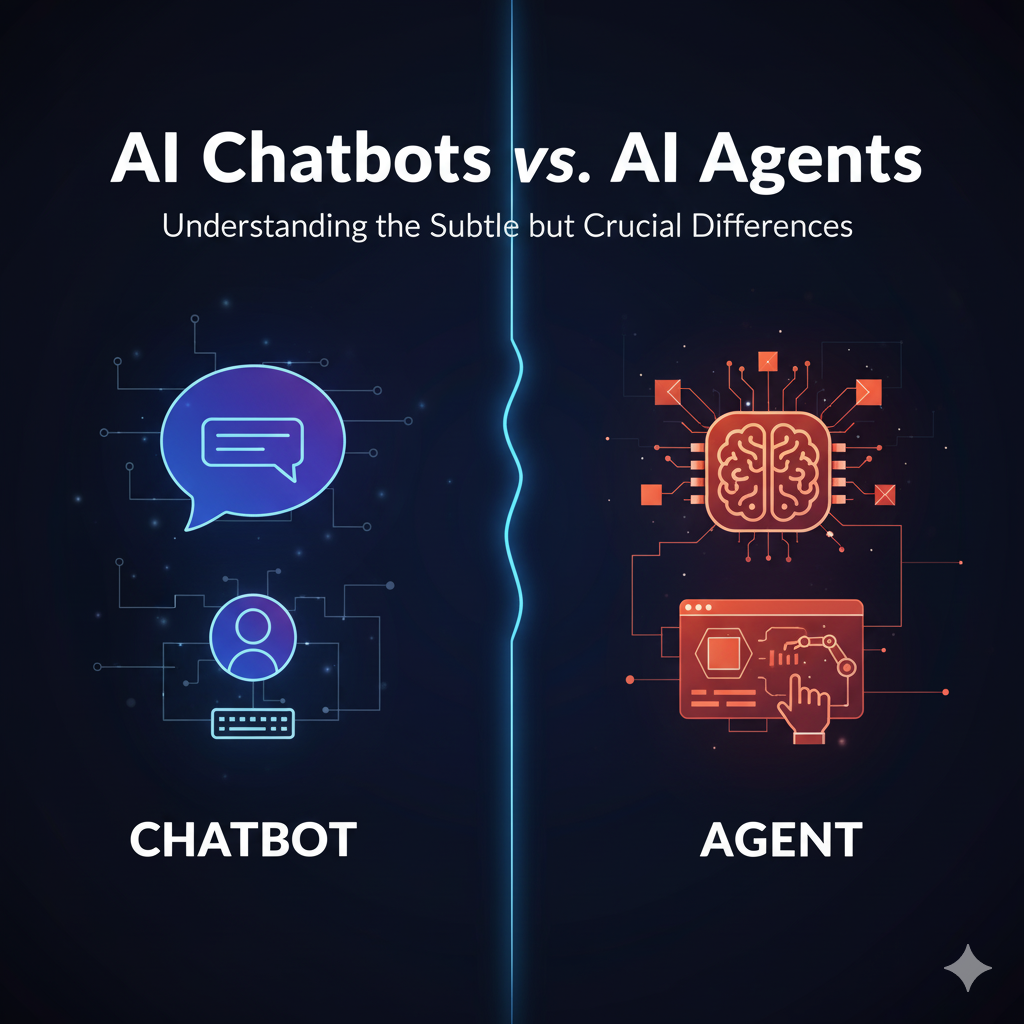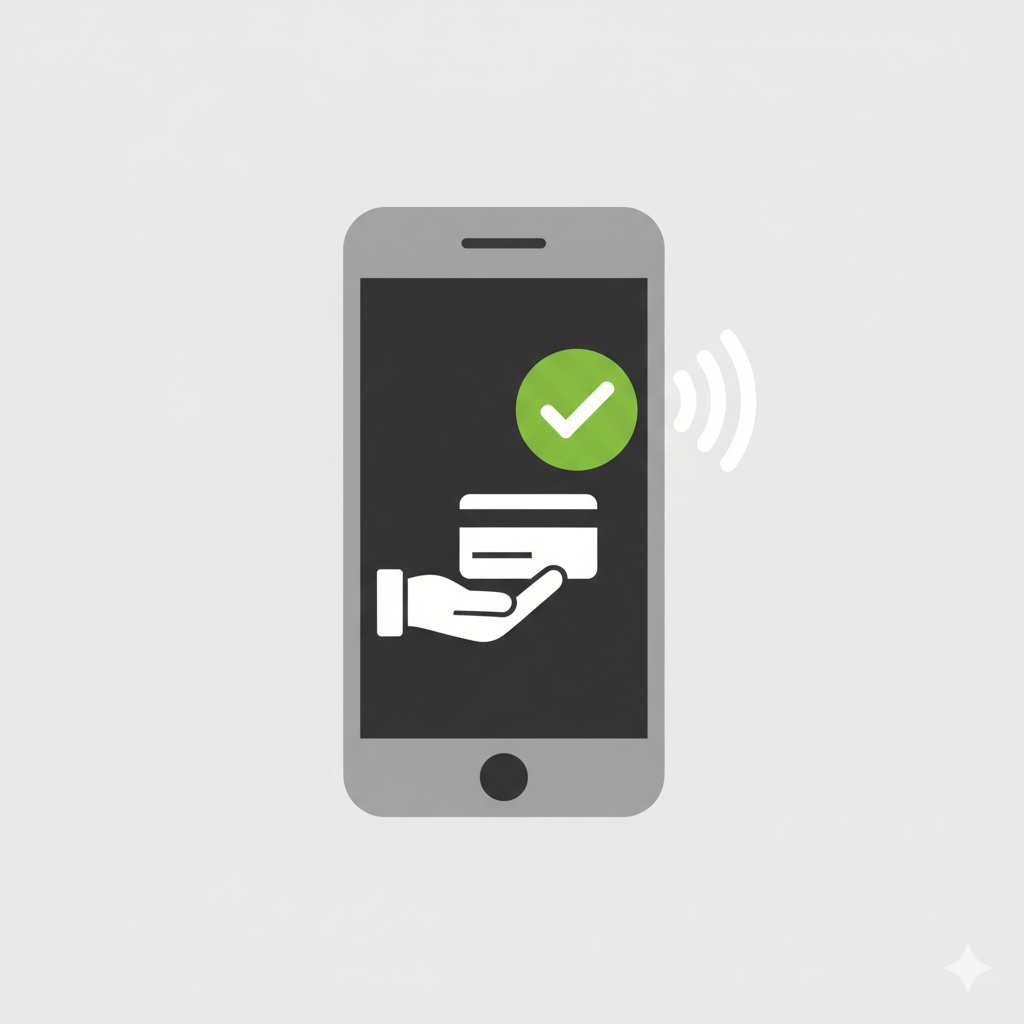If you’ve been following the AI conversation lately, you’ve probably noticed these terms being thrown around interchangeably. But here’s the thing: AI chatbots and AI agents aren’t quite the same, and understanding the distinction matters more than you might think.## The Core Distinction: Conversation vs. ActionAt their heart, chatbots and agents differ in one fundamental way: their relationship with action.
AI chatbots are conversational interfaces. They excel at understanding your questions, providing information, and engaging in dialogue. Think of them as knowledgeable companions who can explain concepts, answer questions, and help you think through problems. They respond to what you say, but they operate within the boundaries of the conversation itself.
AI agents, on the other hand, are designed to *do* things. They don’t just talk about tasks—they complete them. An AI agent can book your flight, update your calendar, pull data from multiple sources, and execute multi-step workflows. The conversation is often just the interface for directing action in the real world.
Autonomy: Asking Permission vs. Taking Initiative
Here’s where things get interesting. Chatbots typically operate in a call-and-response pattern. You ask, they answer. You request, they provide. Each interaction is discrete.Agents possess varying degrees of autonomy. A sophisticated agent might say, “I noticed your meeting conflicts with your flight time. I’ve identified three alternative flights and drafted reschedule emails for your meetings. Should I proceed?” The agent isn’t just responding—it’s anticipating, planning, and proposing solutions that span multiple systems.This autonomy exists on a spectrum. Some agents require approval at every step, while others can execute entire workflows once given a high-level goal.
Memory and Context: One Session vs. Persistent Understanding
Most traditional chatbots are somewhat like goldfish—each conversation starts relatively fresh. While they maintain context within a single session, they don’t necessarily build a persistent model of you, your preferences, or your ongoing projects across interactions.
Agents, particularly sophisticated ones, maintain persistent context. They remember that you prefer aisle seats, that you have a standing Thursday meeting, that you’re working on three specific projects. This memory isn’t just for personalization—it’s operational. The agent uses this understanding to make decisions and take actions that align with your established patterns and preferences.
Tool Use: Describing vs. Wielding
When you ask a chatbot how to use a spreadsheet function, it explains the syntax and gives you examples. When you ask an agent to analyze your sales data, it opens the spreadsheet, runs the calculations, generates visualizations, and presents findings.This difference in tool use is perhaps the most visible distinction. Agents are connected to external systems—APIs, databases, applications, and services. They authenticate, query, update, and orchestrate across these tools. Chatbots might *know about* these tools, but agents actually *use* them.
Goal Orientation: Responding vs. Achieving
Chatbots are fundamentally responsive. Their success is measured in the quality of individual responses—was the answer helpful, accurate, well-explained?Agents are goal-oriented. Their success is measured in outcomes—did the task get completed, was the problem solved, was the objective achieved? An agent working on “plan my vacation to Japan” might engage in multiple steps: researching destinations, checking your calendar, comparing flight prices, suggesting itineraries, and ultimately booking everything. The conversation is just one part of a larger process aimed at a concrete outcome.## The Blurring LinesIn practice, the distinction between chatbots and agents is becoming increasingly fluid. Many modern AI systems exhibit characteristics of both. A chatbot with plugin capabilities can perform some agent-like tasks. An agent with strong conversational abilities might feel like a chatbot that simply happens to be very helpful.The spectrum between pure chatbot and pure agent includes systems that can search the web, write code that executes, create calendar events, or compose emails ready to send. Each of these capabilities moves the system further along the spectrum toward “agent.”
Why This Matters
Understanding this distinction helps set appropriate expectations. If you’re frustrated that your chatbot won’t actually send that email it drafted, you’re confusing a chatbot with an agent. If you’re worried about an agent making autonomous decisions, you want to understand its scope of action and approval requirements.For businesses implementing AI, this distinction is crucial for design decisions. Do you want a system that helps employees think through problems, or one that actually executes solutions? The architecture, permissions, integrations, and safety mechanisms differ dramatically.
The Future is Agentic
The trajectory is clear: we’re moving toward more agentic AI systems. The value of AI that can actually *do* things—that can navigate complex, multi-step processes and interact with the digital world on your behalf—is simply too compelling.But we’ll always need the chatbot capability too. Sometimes you don’t want something done—you want to think through options, learn about possibilities, or explore ideas. The sweet spot may be systems that can fluidly switch between being a thoughtful conversational partner and a capable executor, depending on what the moment requires.The question isn’t whether chatbots or agents are better. It’s about understanding what each is designed for, and building systems that give us the right tool at the right time.

